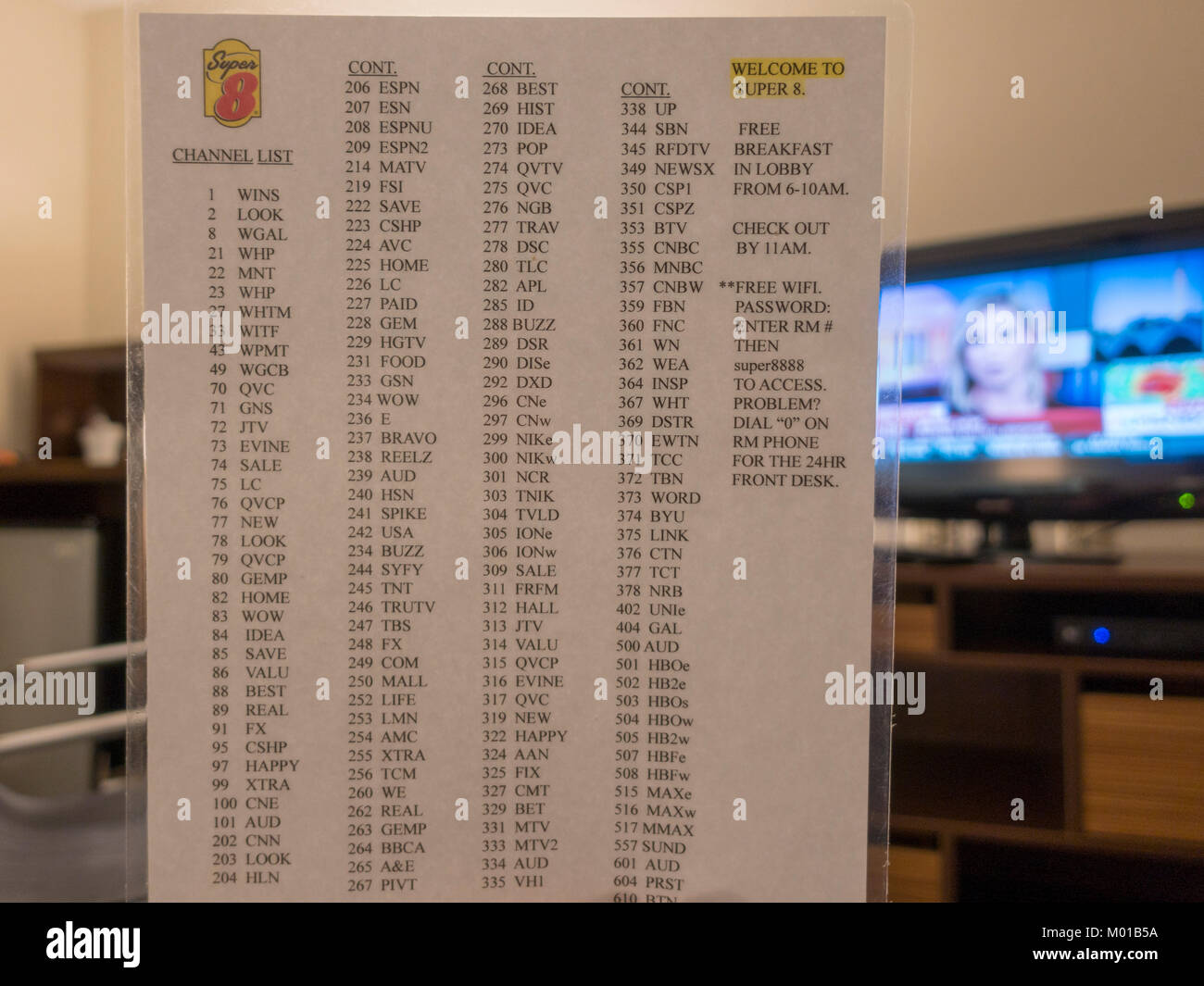Things about Apollo Group Tv
Things about Apollo Group Tv
Blog Article
The 9-Minute Rule for Apollo Group Tv
Table of ContentsIndicators on Apollo Group Tv You Should KnowIndicators on Apollo Group Tv You Need To KnowThe Apollo Group Tv DiariesGetting The Apollo Group Tv To Work
In this circumstance, instead of having three-minute commercial areas during a 30-minute tv program, television shows might transform to one where a customer will certainly be called for to have a monthly membership, to ensure that they cen sight targeted banner advertisements. This kind of advertising already occurs on the net, and the amount of information tv firms accumulate permits them to do a lot the very same.Define the major patterns amongst the broadcasting and cable television networks. Popular radio reveals such as police dramatization Dragnet and western cowboy collection Gunsmoke were adapted for tv, and brand-new TV programs were funded by single advertisers, simply as radio shows had actually been.
Today, the television sector is far a lot more complex. Programs are sponsored by numerous marketers; programming is managed by significant media conglomerates; and the three significant networks no much longer control the airwaves but instead share their visitors with numerous cable television networks. Numerous factors account for these patterns within the market, consisting of technological growths, government policies, and the development of brand-new networks.

The 8-Minute Rule for Apollo Group Tv
Established in 1969, (PBS) created out of a record by the Carnegie Commission on Educational Tv, which took a look at the role of educational, noncommercial tv on society. Public tv was also planned to supply universal accessibility to television for visitors in rural locations or audiences that might not manage to pay for personal tv services.
The duration between 1950 and 1970 is traditionally recognized as the. In addition to a small part of airtime controlled by public tv, the 3 major networks (recognized as the Big Three) controlled the television market, jointly representing greater than 95 percent of prime-time viewing. In 1986, Rupert Murdoch, the head of international company Information Corp, released the Fox network, challenging the prominence of the Big 3.
Targeting young and minority audiences with programs such as Buffy the Vampire Killer, Moesha, Dawson's Creek, and The Wayans Bros., the new networks wanted to attract stations far from their old network associations. Instead than repeating the success of Fox, UPN and WB battled to make an influence. Not able to draw in lots of affiliate terminals, the two recently established networks got to fewer homes than their bigger opponents because they were impossible in some smaller cities.
This choice led the way for the advancement of cord flick networks, adding to the rapid development of wire in the 1980s and 1990s. apollo group tv app. Additional deregulation of cord in the 1984 Wire Communications Plan Act got rid of constraints on wire prices, enabling drivers to bill what they desired for wire solutions as long as there worked competitors to the solution (a requirement that over 90 percent of all cable television Recommended Site markets might satisfy)
Getting My Apollo Group Tv To Work

Having actually produced the first "superstation," Turner expanded his realm by establishing 24-hour information network CNN in 1980. At the end of the year, 28 national programs services were available, and the cable change had started. Over the following decade, the market underwent a duration of fast development and popularity, and by 1994 viewers might pick from 94 fundamental and 20 premium cord services.
Number 9 - https://www.merchantcircle.com/blogs/apollo-group-tv-miami-fl/2024/10/Your-Gateway-to-Ultimate-Streaming-Entertainment/2833809.16 Boosted competitors from cable television networks has triggered a steady decline in the networks' target market ratings. Throughout the 1950s, the price of creating a solitary tv show boosted as programs ended up being much longer and manufacturing costs rose. Sponsorship on network tv shifted from solitary sponsorship, in which a program was totally supported and created by one marketer, to numerous sponsorship, in which advertisers purchased 1- or 2-minute places on the program
Each reaction must be a minimum of one paragraph. Pick one of the Big Four networks and print out its regular shows timetable. Watch the network's prime-time programs over the program of a week, keeping in mind the target group for each program. Observe the advertising sponsors that support each show and compare exactly how the services and products fit with the desired target market.
Some Known Factual Statements About Apollo Group Tv

Straight television, commonly described as standard program TV, encompasses wire and satellite tv. It's called "straight" since material complies with a predetermined programming timetable, unlike on-demand web content which the private audience chooses to watch based upon their very own preferences and schedule. When you ask, "What is direct Television?", consider it as the traditional way of seeing television that has been around for years.
Report this page